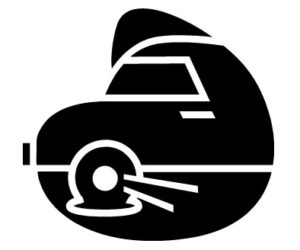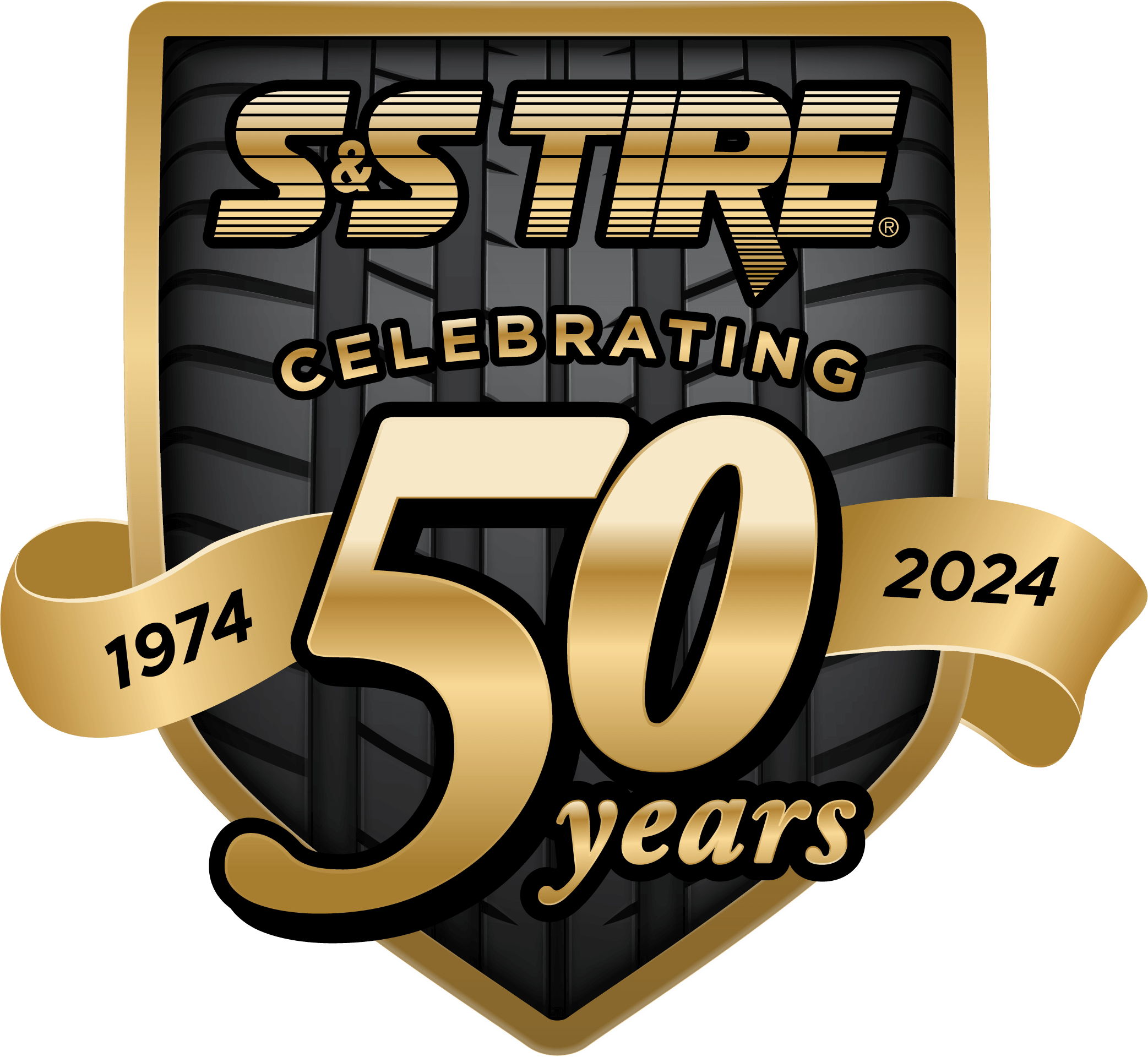 Dear Tracy,
Dear Tracy,
I have heard that there is a new type of tire, called a run flat tire, that prevents blow outs. I recently had a blow out that scared me so badly, I almost wrecked. Can you tell me more about these tires? I really think I would like to get them!
Penny M.
Dear Penny,
You may have just heard about run flat tires, but they have actually been around for awhile. In fact, the idea for a self-supporting tire goes back to the 1930’s when a “bullet-proof” tire was developed for military vehicles and armored cars. This tire featured a sponge rubber inner tube that did not require air and was drivable, even after taking several bullets. (Tire history fans can read more in this 1935 article found in Popular Mechanics.)
Today’s run flat or zero pressure tires are designed to resist the unstable effects of deflation when punctured, and allow the vehicle to continue to be driven at a reduced speed for a limited distance, usually up to 100 miles. Run flat tires do not “prevent” blow outs, but they do keep your car more stable and drivable in the event of a flat. While these are good features, there are some draw backs to consider:
– Run flat tires have much stiffer sidewalls so they are able to maintain vehicle weight. The result is compromised ride comfort.
– The reinforcements necessary in run flat tires add weight to each tire. The heavier weight compromises vehicle handling.
– Run flat tires may cost up to twice as much as standard tires. Some reports also suggest that they have a shorter life-span.
– Drivers must pay close attention to tire pressure as pressure loss is harder to detect with run flat tires. While the use of a tire pressure monitoring systems (TPMS) can provide low pressure warnings, if those warnings are ignored, tire damage and destabilization may still occur.
Some vehicle manufacturers are designing vehicles to be equipped with run flat tires and engineering ways to offset these drawbacks. The good news is that as car manufacturers move in this direction, the technology behind the run flat design should continue to improve. One day tires that prevent the type of experience you had may be the new standard.
